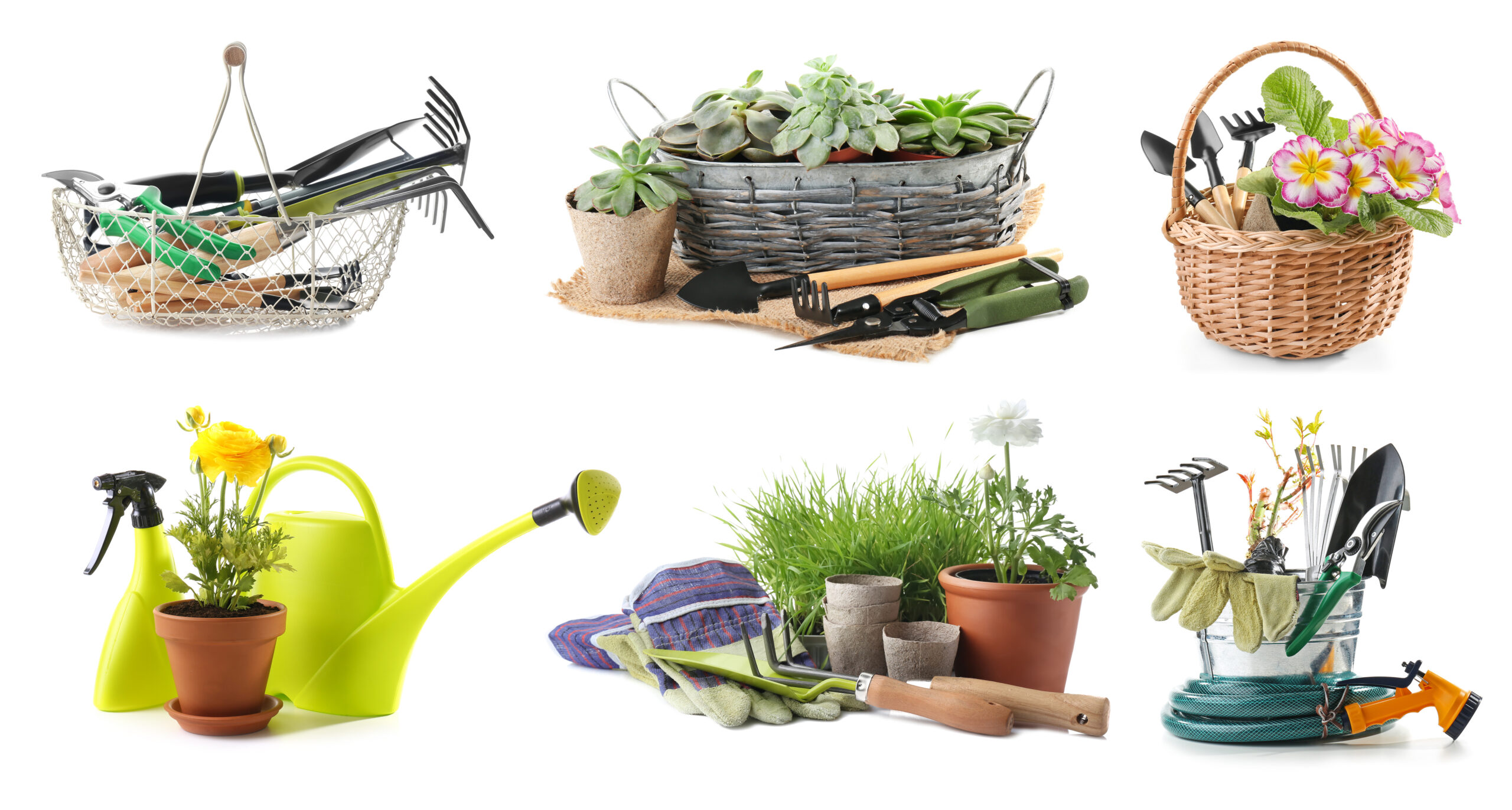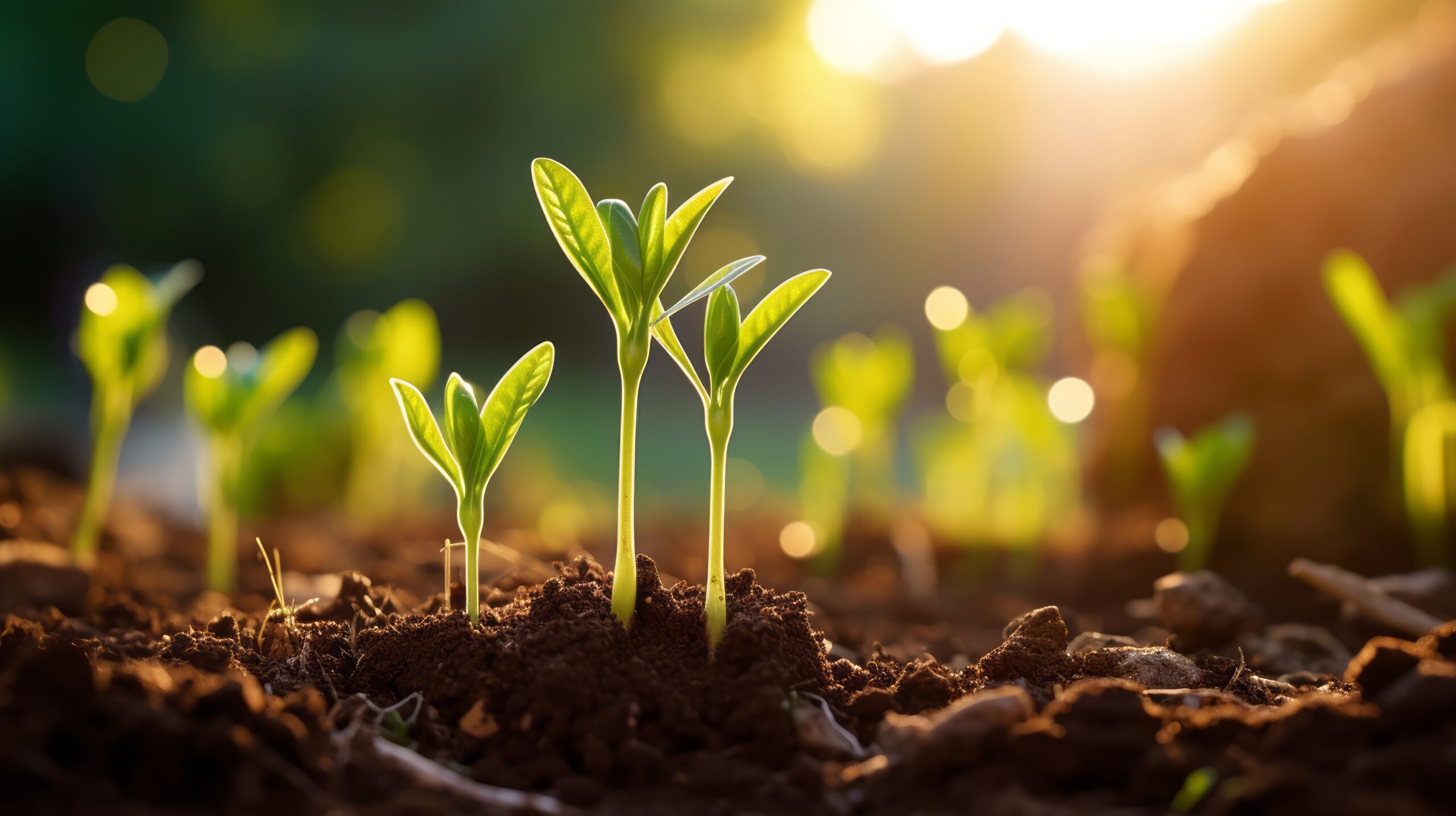
Assessing Your Space
Before you dig into gardening, assess the space you have available. Consider factors like sunlight exposure, soil type, and access to water. Most vegetables and flowers require at least six hours of direct sunlight per day, so identify areas in your yard that meet this criterion. Understanding your space’s limitations and potentials is the first step in creating a thriving outdoor garden.
Choosing the Right Plants
Select plants that will thrive in your garden’s specific conditions. If you have a sunny spot, consider sun-loving vegetables like tomatoes, peppers, and cucumbers, or flowers like marigolds and sunflowers. For shadier areas, opt for lettuce, spinach, and hostas, which tolerate lower light levels. Always consider your local climate and hardiness zone when selecting plants, ensuring they’re suited to the weather patterns of your area.
Preparing the Soil
Healthy soil is the foundation of a successful garden. Start by clearing your chosen area of weeds and debris. Conduct a soil test to understand its nutrient and pH levels, which will guide any necessary amendments you might need to add, such as compost for fertility or lime to adjust pH levels. Turning the soil and incorporating organic matter can improve drainage and aeration, promoting stronger plant growth.
Garden Layout and Planning
Plan your garden layout by considering plant heights, spacing, and companionship. Taller plants should be positioned so they don’t cast shadows on shorter plants. Adequate spacing reduces the risk of disease by improving air circulation. Companion planting—placing plants that benefit each other close by—can enhance growth, deter pests, and increase yields.
Starting Seeds or Using Transplants
Decide whether to start your garden from seeds or transplants. Starting seeds indoors before the last frost date can extend your growing season, especially in cooler climates. Transplants, though more expensive, can offer a quicker start, particularly beneficial for beginners or those getting a late start on the gardening season. Both methods have their advantages, so choose based on your time, budget, and level of gardening experience.
Watering Wisely
Proper watering is crucial for plant health. Most gardens require about an inch of water per week, but this can vary based on temperature and soil type. Early morning watering is best, as it allows water to penetrate the soil before the heat of the day and reduces evaporation. Use a soaker hose or drip irrigation system for efficient watering that delivers moisture directly to the roots and minimizes leaf wetness, reducing the risk of disease.
Mulching for Moisture and Weed Control
Mulch your garden beds to conserve moisture, regulate soil temperature, and suppress weeds. Organic mulches like straw, bark, or compost not only serve these purposes but also break down over time, improving soil fertility. Apply a 2-3 inch layer around plants, leaving some space around the stem to prevent rot.
Continuous Care and Observation
Regularly check your garden for signs of pests, diseases, or nutritional deficiencies. Early detection is key to managing problems before they escalate. Remove weeds that compete with your plants for nutrients and water. Staking or supporting plants like tomatoes and beans can prevent damage and disease. As your garden grows, take notes on what works and what doesn’t, which will inform your gardening practices in future seasons.
Starting an outdoor garden is an enriching endeavor that connects you with the cycle of nature and provides fresh produce or beautiful blooms for your enjoyment. By understanding the basics and committing to regular care, even novice gardeners can cultivate a thriving outdoor space that enriches both the home and the spirit.



